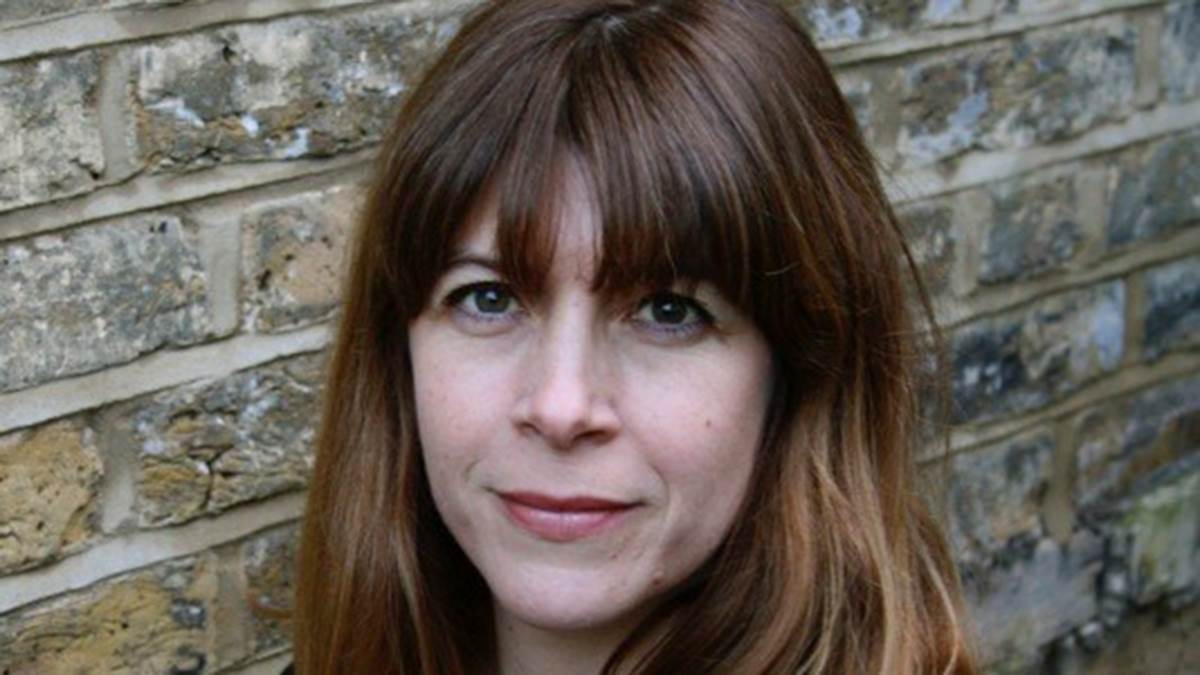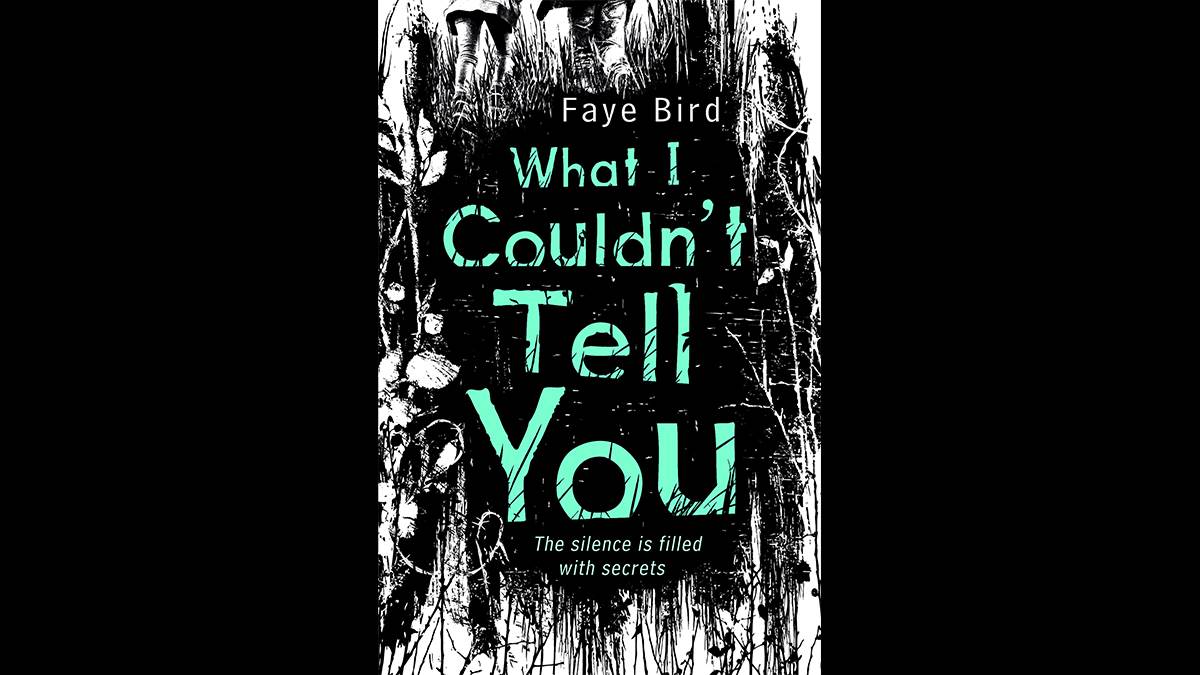Giving a voice to selective mutism
Published on: 3 Gorffennaf 2016 Author: Alex Strick
BookTrust consultant Alex Strick meets author Faye Bird to talk about her new protagonist Tessie, who has selective mutism.

Relatively few people will be familiar with the condition selective mutism. How did you first come across it?
I heard a young woman, Sheri Pitman, speaking about her past experiences of living with selective mutism, or situational mutism (SM), on the radio. She was giggly, bright and bubbly when she spoke, but in the course of the interview she said that whilst struggling with SM she hadn't spoken outside of her house for a period of nine years. I was surprised and intrigued.
I'd never heard of SM before and I wanted to find out more, particularly as it struck me that a story with a first-person narrative could be a way of giving someone like Sheri a voice that they didn't otherwise have in the outside world. I loved the thought that a story could do that.
What research did you do to make sure your depiction of Tessie was authentic?
I did all of my research at the outset, and quickly gathered that SM is an anxiety disorder that prevents children speaking in certain situations, such as in school or in public. I also learned that no two people with SM will experience it in exactly the same way.
I started by reading the work of two speech and language therapists - Alison Wintgens and Maggie Johnson - who have done work around SM, and went on to do further research at the British Library. I also met a primary school teacher who had worked closely with two SM children.

There are many specifics of Tessie's experience of SM, such as the fact that she does not know why she developed SM, and the idea of the door needing to be 'PROPER SHUT' for her to feel she can speak at home. Where did these details come from?
It was important that the character of Tessie was not 'defined' by having SM, but that her voice was authentic as it possibly could be in relation to the condition.
Tessie not knowing why she developed SM as a young child is absolutely true to the research. More often than not the reasons for the onset of SM cannot be established. In the majority of cases, there are no definitively known triggers.
In terms of texting, SM can, and often does, extend to written communication as well as verbal. For a child with SM, the anxiety exists around expressing themselves to and in front of other people in certain situations.
The idea of the door being PROPER SHUT was pure invention by me within the story. It seemed to me that the door being PROPER SHUT would be an absolute necessity for Tessie to feel safe to speak once she was home.
The book touches on the subject of mental health and depression. Was this something you had always planned?
Without doubt, Tessie's mum has struggled to understand, relate to and live with Tessie's SM and we understand that this has impacted on her mental health in the past. Just as with any condition, it is not a given that every member of the family living with a child or sibling with SM will be able to comfortably cope with the effects of that at all times. I thought it was important to acknowledge that within the story.
Tessie not speaking could easily have been used as a 'convenient' tool in the plot, perhaps part of a dramatic finale - but you clearly chose not to do this. Likewise, you did not suggest a neatly-tied-up 'happy ever after' or a simple solution or resolution where the SM was concerned. Was this important to you?
Someone like Tessie, for whom SM is entrenched over a long period of time, will not suddenly start speaking again. Similarly, someone who has been in a coma for six or more weeks, like Laura, won't just wake up as if nothing has happened. Both experiences require recoveries, and recoveries take time. So for me a fairytale ending, however satisfying it might have been for the reader, would have been wholly unrealistic, and would have debunked the story I wanted to tell.
But there is resolution at the end of the story, and there is absolutely a sense of the future - of compassion and of hope - and that was just as important to me as the attempt to deliver realism at the end.
What books can we hope to see next, and will you be looking for opportunities to ensure that they feature a diverse and inclusive cast of characters?
I am currently in the early stages of working on my next book, and it does feature a diverse and inclusive cast of characters. But this is not because I will be writing about a condition like SM, or because I have actively looked for an opportunity to feature diverse characters in my work, but rather because I've discovered a story that I'm excited about writing, that is set in the present day and that will reflect the world in which we live. It therefore cannot help but be anything other than diverse and inclusive.





